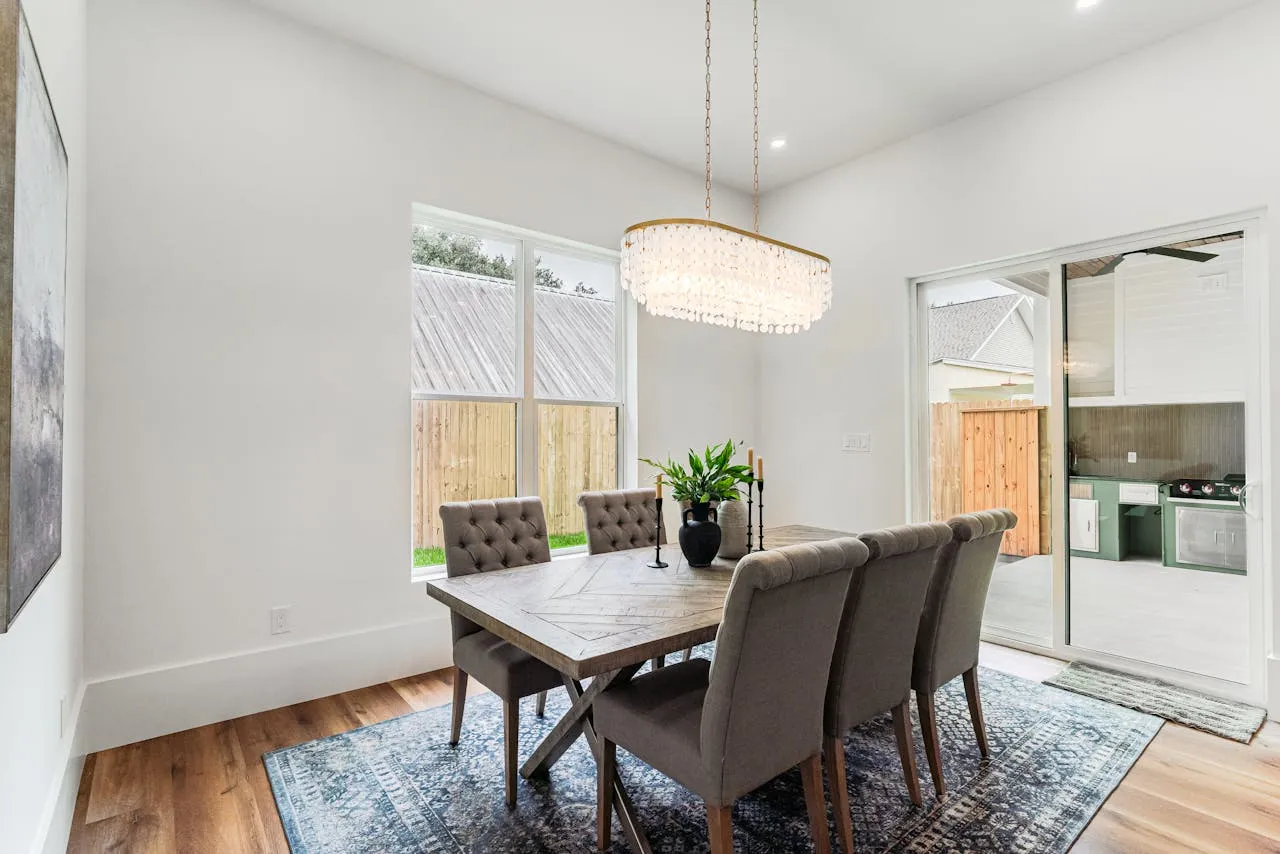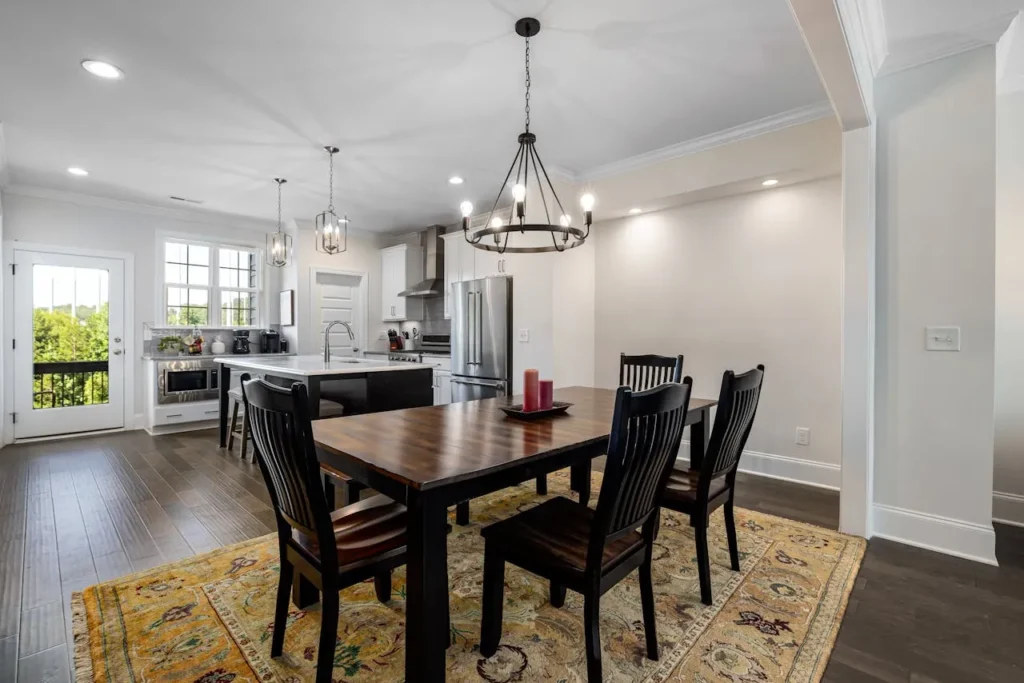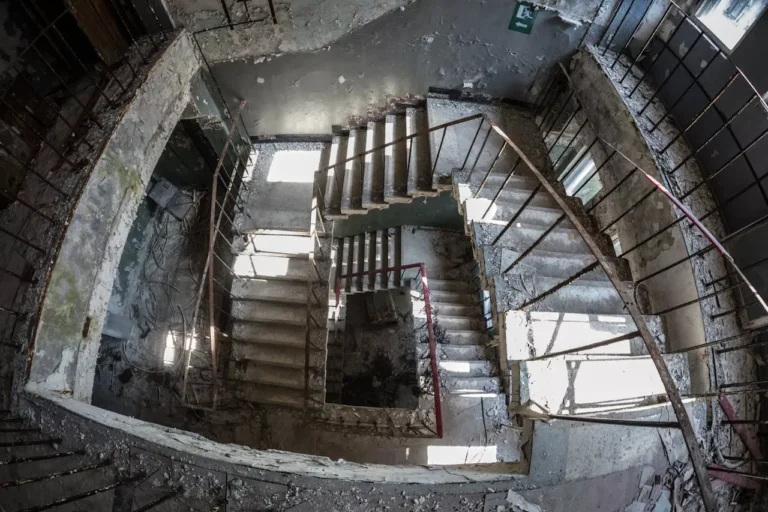
Houston Area Women’s Center Opens One Safe Place A Community of Care for Survivors
The Houston Area Women’s Center has marked a powerful milestone in the city’s fight against domestic violence, sexual assault, and human trafficking with the official opening of One Safe Place Houston. This groundbreaking 5.5-acre campus is far more than a shelter; it is a bold reimagining of what survivor services can and should be. Designed with dignity, healing, and resilience at its core, the site brings together multiple mission-driven partners, creating an integrated hub where survivors and their families can access comprehensive, trauma-informed support—all in one safe and secure environment.
The vision behind One Safe Place Houston is simple yet profound: survivors deserve not only safety but also the opportunity to rebuild their lives with dignity and strength. By tripling HAWC’s capacity through new temporary supportive housing, the campus will eventually provide refuge and holistic services for up to 350 survivors. The initiative responds directly to a pressing need in Houston, where demand for survivor-centered services continues to rise. In doing so, it offers a model for how architecture, design, and community partnerships can work hand in hand to create transformational change.
Building an Environment for Healing
One Safe Place Houston was intentionally designed to go beyond the basics of providing shelter. Instead, it represents a comprehensive ecosystem for recovery and renewal. The campus includes 135 supportive housing apartments, giving survivors and their children immediate access to safe living spaces. But beyond a roof and walls, it provides the essential wraparound services needed to break cycles of violence and trauma.
On-site, residents can access behavioral health counseling, legal advocacy, and medical forensic care, all of which are vital in the aftermath of abuse. Recognizing the unique needs of children, the campus also houses a Houston ISD elementary school, as well as childcare services, ensuring that young survivors have both stability and access to education while their parents receive the support they need.
The campus is also future-focused. Survivors are given pathways to independence through workforce readiness programs and financial literacy training. Community gathering spaces allow residents to connect, reducing isolation and building supportive peer networks. Every detail of the campus design—from secure entry systems to natural lighting and calming communal spaces—was shaped by the principles of trauma-informed care.
As Sonia Corrales, Interim President & CEO at HAWC, explained:
“Safety is the first step—but healing, empowerment, and rebuilding are what make lasting change possible. One Safe Place Houston reflects our community’s deep commitment to survivors and our collective belief that everyone deserves to heal with dignity.”
Survivor-Centered Design by GSMA Architects
The physical space of One Safe Place Houston plays as crucial a role as its programs. The architecture itself is part of the healing process. GSMA Architects, a Houston-based firm celebrated for its community-centered projects, was chosen to lead the design. From the outset, their mission was clear: create a campus that prioritizes dignity, safety, and empowerment, moving away from traditional institutional shelter models toward something deeply restorative.
Every stage of the design process incorporated survivor voices. GSMA Architects worked closely with advocates and frontline staff to understand the lived experiences of those the campus would serve. This collaborative approach ensured that apartments provided both privacy and connection, corridors were welcoming rather than clinical, and shared spaces fostered community without sacrificing safety.

Ann Rosenwinkel, AIA, LEED BD&C™, spoke about the symbolism embedded in the campus:
“Spaces tell stories. This one tells survivors that they matter—that they are safe, supported, and surrounded by a community that sees their strength. We’re proud to help bring that message to life.”
The architectural details extend beyond aesthetics. Natural materials, calming colors, and strategic use of open space contribute to an environment designed to reduce anxiety and foster peace. The inclusion of outdoor spaces for reflection and recreation reinforces the idea that healing is not just about programs, but about the environments in which survivors live and grow.
Furnishing with Purpose: CORT’s Contribution
A building becomes a home when it is furnished with care. To that end, CORT, a leader in supportive housing furnishings, partnered with HAWC to outfit every residential, counseling, and communal area on the campus. Their work ensured that the furniture met the dual demands of functionality and comfort, while maintaining an atmosphere of dignity.
Todd Shell, CORT’s National Director of Supportive Housing, described their approach:
“Our goal is to help create spaces that uplift and support people. Survivors should feel not just housed, but truly at home. We’re honored to play a part in a project that will have such a lasting impact on families and on Houston as a whole.”
By providing high-quality furnishings tailored to the needs of both families and staff, CORT helped transform One Safe Place Houston into a welcoming environment rather than an impersonal facility. Their contributions illustrate how every detail—from the design of counseling rooms to the layout of shared kitchens—plays a role in creating spaces of renewal.
A Collective Commitment to Houston’s Future
What makes One Safe Place Houston extraordinary is not only its scale, but also the collective investment that made it possible. Its creation required collaboration between survivors, advocates, architects, community organizations, corporate leaders, and civic partners. Each played a vital role in shaping a campus that goes far beyond the traditional definition of a shelter.
Houston, like many major cities, faces persistent challenges when it comes to intimate partner violence and sexual assault. These are not isolated incidents, but deeply rooted public health and safety issues that ripple across generations. By creating a central hub that combines housing, education, legal aid, and health services, HAWC and its partners are offering a coordinated response that matches the scale of the problem.
As Corrales emphasized:
“Thoughtful architecture and furniture design are not just aesthetic choices—they are part of a public health strategy. One Safe Place Houston is proof that when we invest in survivors, we invest in the health and strength of our entire community.”
A Model for the Nation
The opening of One Safe Place Houston signals a turning point not only for the city, but for how communities across the nation might rethink survivor services. Rather than expecting survivors to navigate fragmented systems, the campus model centralizes support, making healing more accessible and more humane.
Its emphasis on trauma-informed design and holistic programming makes it a replicable model for other cities seeking to address domestic and sexual violence in a comprehensive way. The success of this initiative could inspire future projects that combine survivor input, architectural innovation, and community collaboration to create environments where safety and dignity are the foundations for recovery.




